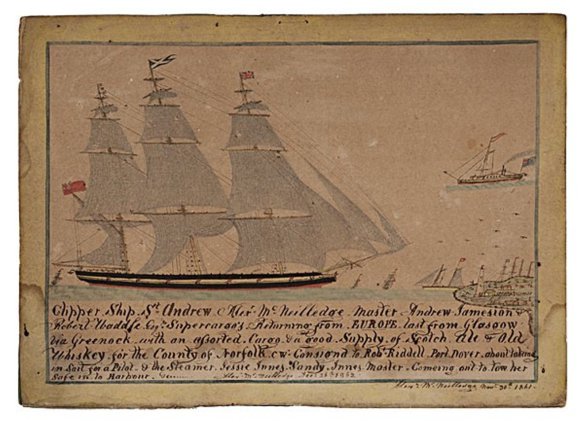One young employee told me “I don’t like my manager to ask me over and over again about the progress of my work. I like to get my objective and then be let on my own to achieve it, I’ll report when I’m done”.
Well I thought, you have never been project manager nor in charge of a team. You probably barely know anything about project management techniques and the difficulties to synchronize multiple outcomes, and probably voluntarily ignore the existence of dependencies between tasks for your own selfish comfort.
This kind of cocky open arrogance from someone without significant experience is not something a seasoned project manager will appreciate. Chances are that facing such a mindset, the manager will reinforce his/her control.
It is one thing to demand empowerment, autonomy and be willing to take accountability, it is another to give periodic feedback about the progress of a task or project.
What managers or project managers don’t like at all is the tunnel effect, a common metaphor in France and in project management parlance that describes the extended period during which, the customer and/or the project manager are left in the dark, without any clue about the progress of the job do be done.
At the end of the tunnel, when customers and/or project managers discover the results, chances are that the outcome is not satisfactory or can even endanger the whole project! Something that could have been prevented if there had been periodical feedback, assessment and realignment if required.
This is why software development went for methods insuring loops, scrums, instances during which the stakeholders can share the state of current development, mitigate the risks and even take into account late changes.
Giving periodic feedback is not only something to please customers and project managers, it is also something useful for colleagues and other stakeholders that are dependent on tasks or outputs. By getting feedback and insight, those stakeholders can adjust their own schedules and actions according to current progress.
Management at all levels is highly facilitated through shared visual management, like for example using a Fever Chart, a simple visual dashboard/indicator introduced by Critical Chain Project Management.
Therefore, even in organizations granting a large autonomy to their associates, there is no such a thing as getting an objective and returning to report when it’s achieved.


Follow @HOHMANN_Chris
Advertisements Rate this:Partager :




